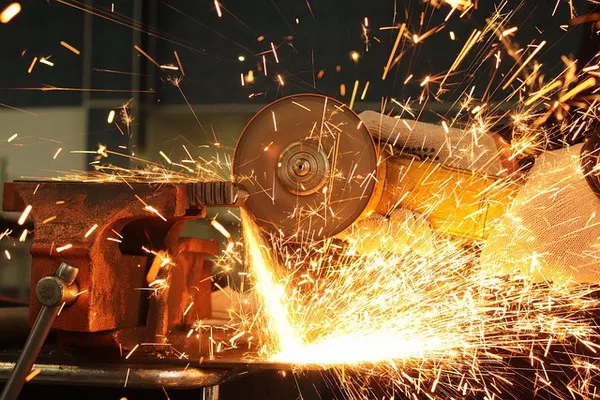Designing electrical equipment requires a combination of technical expertise, creativity, and a meticulous approach to ensure optimal performance, safety, and reliability. Whether you are working on a small electronic device or a complex power distribution system, the following guidelines will help you navigate the intricate process of electrical equipment design.
Define the Requirements:
Before delving into the design process, it is crucial to clearly define the specifications and requirements of the electrical equipment. This involves understanding the purpose, functionality, and environmental conditions in which the equipment will operate. Consider factors such as voltage, current, power rating, temperature range, and any regulatory standards that must be adhered to.
Conduct a Thorough Research:
Stay abreast of the latest technological advancements and industry standards relevant to your design. This involves researching similar existing products, emerging technologies, and any recent developments in electrical engineering. A thorough understanding of the current state of the field will enable you to integrate cutting-edge features and ensure your design is competitive and future-proof.
See Also: How To Use Electrical Equipment Safely?
Create a Preliminary Design:
Start the design process by creating a preliminary schematic or block diagram. This initial design should outline the major components, their interconnections, and the overall architecture of the electrical equipment. Consider the most efficient and cost-effective ways to achieve the desired functionality while adhering to safety and regulatory requirements.
Select High-Quality Components:
The reliability and performance of electrical equipment depend heavily on the quality of the components used. Choose reputable suppliers and opt for components that meet or exceed the required specifications. Ensure compatibility among different components and consider factors such as temperature ratings, tolerances, and long-term stability.
Perform Simulation and Analysis:
Utilize simulation tools to model and analyze the performance of your electrical design. Simulations can help identify potential issues, optimize component values, and validate the overall functionality of the equipment. Pay close attention to factors such as voltage drops, power dissipation, and signal integrity to ensure the design meets the desired performance criteria.
Implement Safety Measures:
Safety should be a top priority in electrical equipment design. Identify potential hazards, implement protective features, and adhere to relevant safety standards. This includes incorporating features such as overcurrent protection, isolation, and grounding to prevent electrical accidents and ensure the safety of users and maintenance personnel.
Optimize for Efficiency:
Efficiency is a key consideration in electrical equipment design, especially in applications where energy consumption is a critical factor. Optimize the design for power efficiency by minimizing power losses, reducing standby power consumption, and implementing energy-saving features where applicable. This not only benefits end-users but also aligns with modern sustainability goals.
Consider EMI/EMC Compliance:
Electromagnetic interference (EMI) and electromagnetic compatibility (EMC) are critical aspects of electrical equipment design. Ensure that your design meets regulatory requirements and does not interfere with other electronic devices or experience interference from external sources. Implement proper shielding, filtering, and grounding techniques to mitigate EMI/EMC issues.
Prototype and Test:
Before finalizing the design, create a prototype to validate the functionality and performance of the electrical equipment. Conduct thorough testing under various conditions to identify any unforeseen issues and refine the design accordingly. Testing should encompass functional testing, environmental testing, and reliability testing to ensure the equipment’s robustness.
Documentation and Compliance:
Document the entire design process, including schematics, component datasheets, simulation results, and test reports. This documentation is essential for future reference, troubleshooting, and compliance with regulatory standards. Ensure that your design complies with relevant certifications and standards, such as those set by organizations like the International Electrotechnical Commission (IEC) or Underwriters Laboratories (UL).
Conclusion:
Designing electrical equipment is a complex and multifaceted process that demands a comprehensive understanding of electrical engineering principles, safety considerations, and industry standards. By following these guidelines, engineers can navigate the challenges of electrical equipment design with precision, ensuring that their creations meet performance expectations, adhere to safety standards, and contribute to the advancement of technology.

